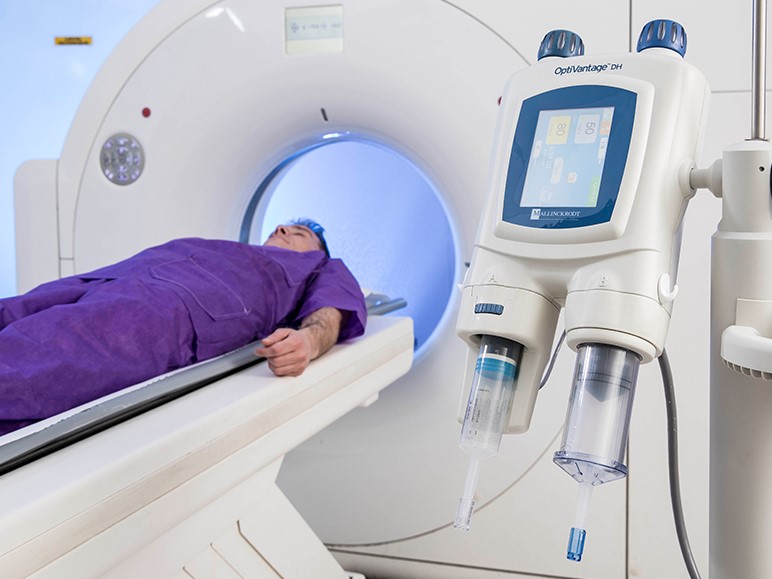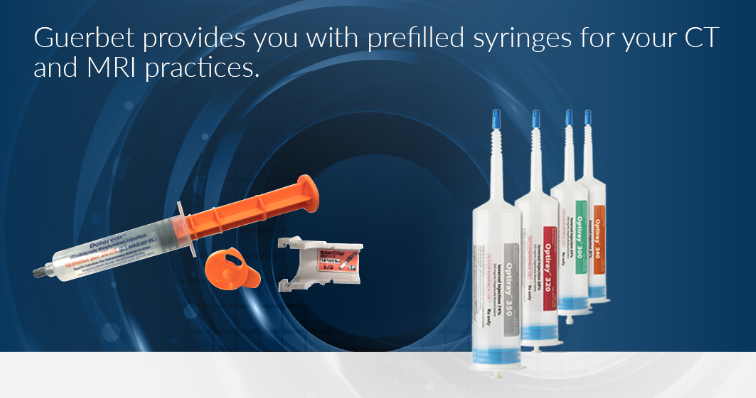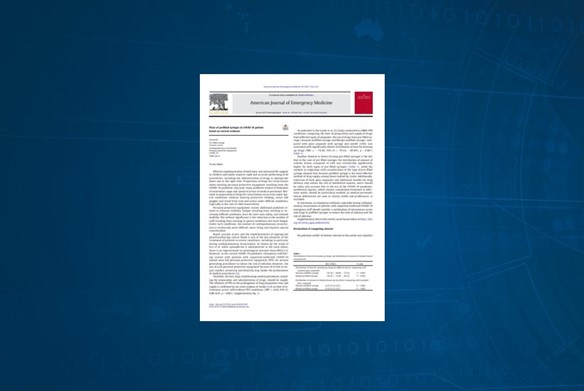
Prefilled syringes can bring several benefits to your daily practice
- Allow time-efficient assembly of injection systems2
- Help prevent microbiologic contamination in clinical routine, especially in the case of immunocompromised patients2
- Help on the reduction of crossed-infection or patient administration errors1
- Reduce healthcare professionals exposition to risks such as broken glass or needles3
- Offer a sterile and closed system
- Help on the time management4
- Allow easy manipulation5
Manual filling of syringes is a possible source of infection amongst healthcare professionals (6,7)



